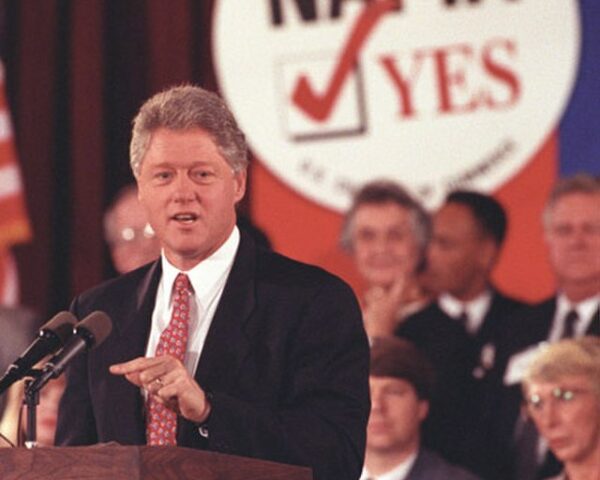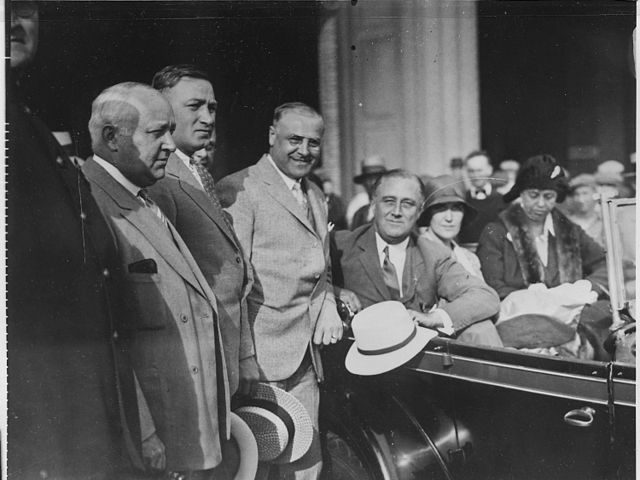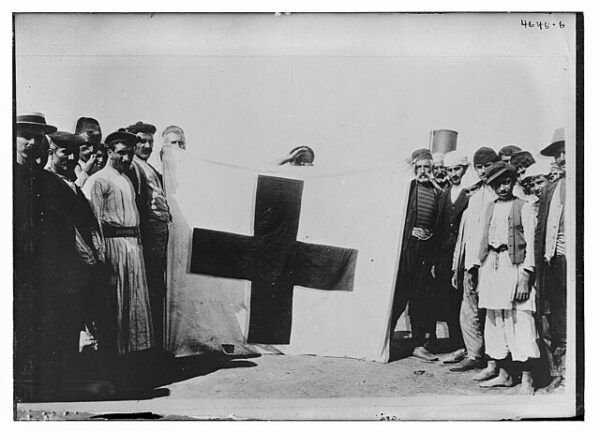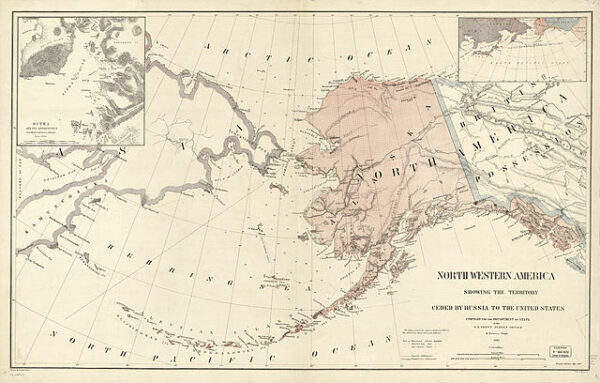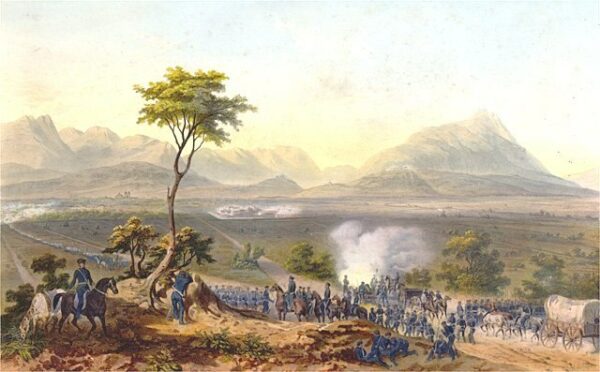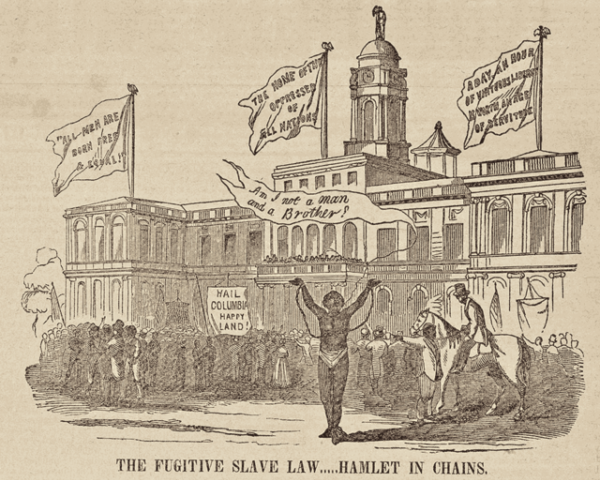On November 25, 1999, a five-year-old boy from Cuba was found on Thanksgiving day holding on to an inner tube a few miles off of the coast of Ft. Lauderdale, Florida. Fishermen rescued him and took him to a hospital for treatment. Elian Gonazlez’s…
Read MoreOn November 17, 1993, the House of Representatives passed one of the most monumental trade agreements in history. The North American Free Trade Agreement (NAFTA), implemented in 1994 among the United States, Canada, and Mexico, aimed to foster economic cooperation by reducing trade barriers…
Read MoreThe United Nations Educational, Scientific and Cultural Organization (UNESCO) was established on November 16, 1945. The aim of the new agency was to promote international collaboration in the fields of education, science, and culture. The hope for world leaders was that following the devastation…
Read MoreOn November 5, 1940, Franklin D. Roosevelt made history as the only U.S. president elected to a third term. His unprecedented victory was driven by both his popularity and the nation’s unique circumstances. Since he first took office in 1933, Roosevelt had focused on…
Read MoreOn November 4, 1962, the United States concluded Operation Fishbowl, a high-altitude nuclear testing series that pushed the limits of Cold War science—and brought the world to the brink of a new understanding of both atomic power and restraint. The series, conducted over the…
Read MoreOn October 29, 1863, eighteen official delegates from national governments helped make a world caught in war a slightly better place. Meeting in Geneva, the gathering formed the International Red Cross. During the conference, it was decided that a red cross on a white…
Read MoreIn the midst of a chilly and overcast day on October 18, 1867, “Seward’s Folly” finally came to completion. Now celebrated every year as Alaska Day, the date commemorates a pivotal moment in the history of the United States and the far northern frontier…
Read MoreOn September 24, 1846, General Zachary Taylor successfully captured Monterrey during the Mexican-American War, marking a decisive victory for the United States in its campaign against Mexico. The capture of Monterrey was a turning point in the war, establishing Taylor’s military reputation and paving…
Read MoreOn September 18, 1850, the United States Congress passed and President Millard Fillmore signed into law the Fugitive Slave Act of 1850, one of the most divisive and consequential pieces of legislation in American history. As part of the Compromise of 1850—a fragile political…
Read MoreOn September 17, 1787, within the revered walls of Independence Hall in Philadelphia, Pennsylvania, leaders finished the work of creating what’s been called the greatest government ever devised. After several months of intense deliberation, the framers of the United States Constitution signed a document…
Read More


